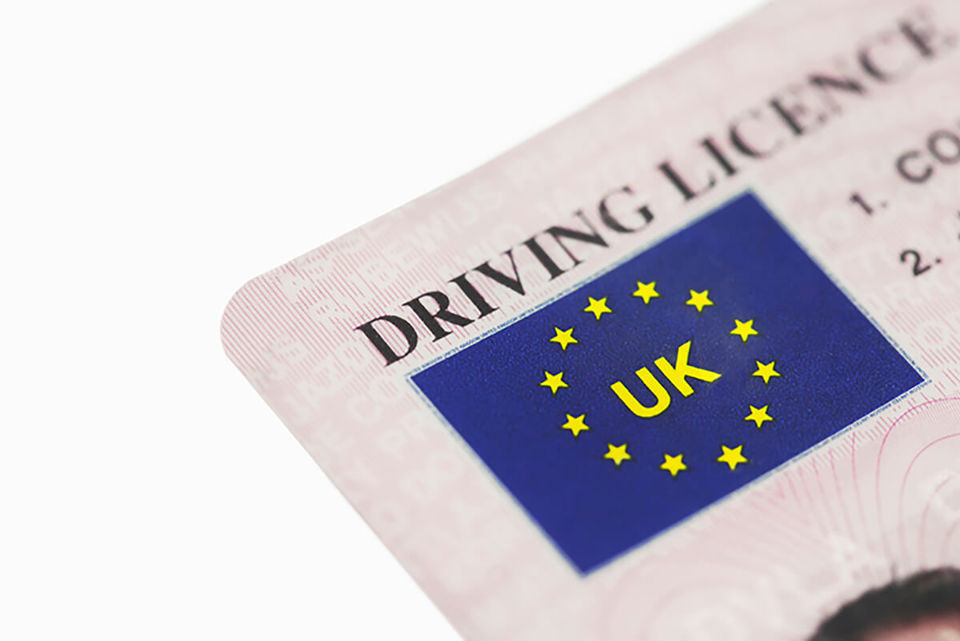The fleet industry is calling for clarification on how a new online system will work after the paper counterpart of the driving licence is scrapped.
The move will bring the introduction of a new DVLA database, which companies will be able to access to check driver licence details.
However, with the paper counterpart expected to be binned from January 1, 2015, key issues remain unresolved, such as security, whether businesses will be able to access the DVLA database from day one and if charges will apply.
A recent meeting of the DVLA’s Industry Liaison Group confirmed that the new online portal would go live in less than 17 months’ time.
Individual drivers are expected to be able to view their licence details online, free of charge, via the new Integrated Enquiries Platform programme (IEP) by inputting their driving licence number, National Insurance number and postcode.
Companies will use the same platform, which will be updated each night. However, according to ACFO directors Julie Jenner and John Pryor, who attended the meeting, the DVLA still hasn’t explained how employers would access individual driver details.
Jenner said: “Companies will be offered a real-time, secure environment in which to view their drivers. But the DVLA has not yet confirmed what information a company will need to access their drivers.”
Businesses checking licences at present have drivers’ permission to access their details via a mandate. However, paperwork could be updated so employers had permission to access drivers’ individual details using their National Insurance number, driving licence number and post code.
The Government announced last year that as part of its red tape challenge to cut bureaucracy, the regulation requiring drivers with a credit card-sized photo driving licence to hold a paper counterpart would be removed.
Jay Parmar, legal and policy director of the BVRLA, said this raised questions for members. “Just like other fleet operators, rental companies have a duty to try and ensure that their vehicles are used safely by qualified drivers,” he said. “They need to see the licence counterpart at the point of rent in order to help confirm a driver’s entitlement to drive and whether they have any convictions.”
System needs a robust, 24/7, online replacement
About one in four renters turn up at a rental branch without their counterpart and at the moment the industry relies on a DVLA phone service to perform the required checks. This involves hundreds of thousands of calls every year.
“The BVRLA welcomes the abolition of the counterpart as an unnecessary piece of paperwork, but it needs to be replaced by a robust, 24/7, real-time online system for checking driver details,” said Parmar.
“The DVLA is aware of our concerns and is working with us to try and ensure this is delivered.”
The DVLA told Fleet News that before delivering any service through IEP it will work closely with the industry to understand its requirements. “This will include understanding the most secure and convenient means of accessing those services,” said a spokesman.
It also remains to be seen whether the system for employers will be free to access and whether it too will go live on January 1, 2015, or be launched at a later date.
DVLA ‘should not charge a fee’ for online checks
Jenner said: “It was made very clear to the DVLA that as this was a change being imposed on organisations, there had to be a replacement way of checking details that did not incur a cost. The DVLA is anticipating making significant savings as a result of the measure, so we believe there should not be any fee chargeable.”
The danger is if the DVLA introduces a charge and makes the system too expensive, employers will undertake driver licence validation checks less frequently. “Six-monthly checks could become annual checks,” warned Jenner.
The DVLA confirmed that charging options were being considered. It also said a driver’s address would remain on the photo card driving licence.
Commenting on the look and feel of the IEP, Jenner said: “The system looked good and was very clear, had the right amount of information and was easy to navigate.
“With a few tweaks/additions to enable company use, it is not a million miles away from being what we need. The real challenge is to get it implemented within 17 months.”
The DVLA says the service will be “robustly tested before it goes live, to ensure it meets user needs”. ACFO anticipates customer testing to start near the end of 2013 or early 2014.




















Andrea - 26/11/2013 11:35
That will put a lot of people out of work - whose who currently offer the checking service